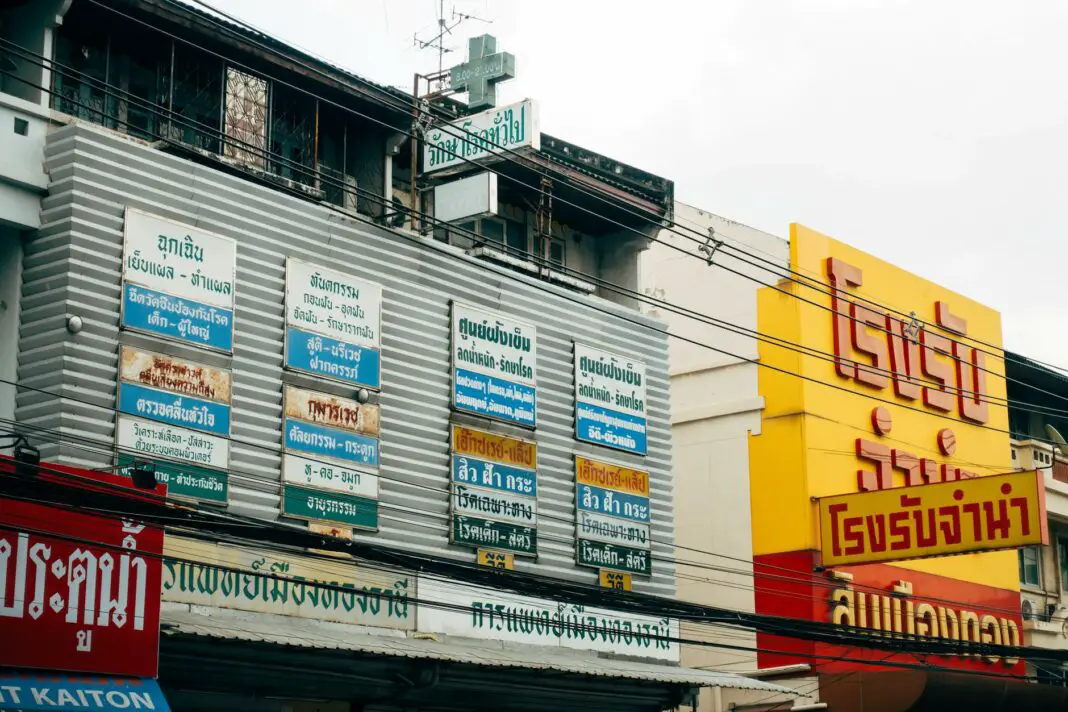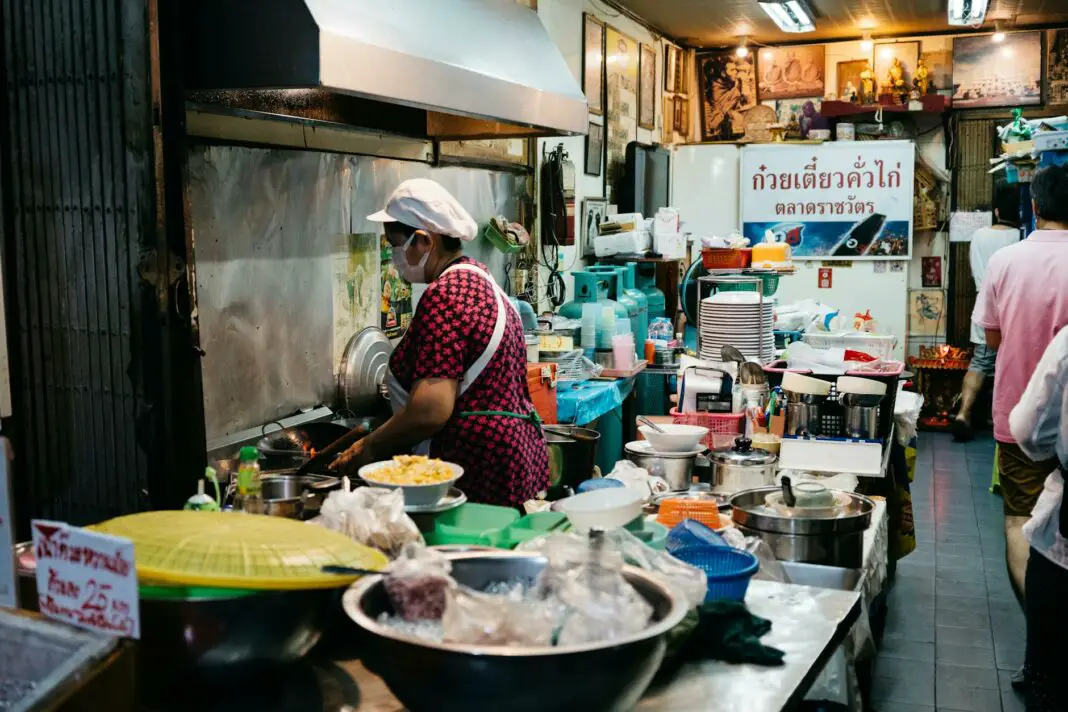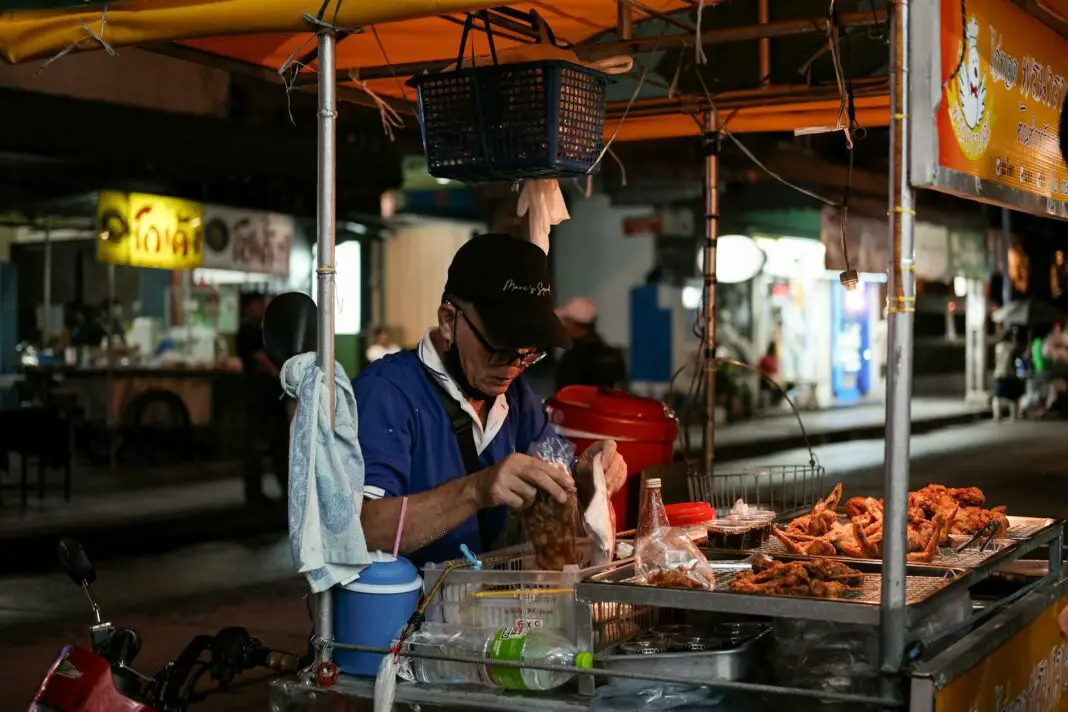Are you ready for an adventure that tantalizes your taste buds and deepens your connection with nature? A trip to Thailand offers a unique blend of stunning landscapes, rich culture, and mouthwatering street food. But what makes this exotic destination even more enticing is the growing trend of eco-tourism, particularly within the realm of its vibrant street food scene. Street food in Thailand is not just a culinary experience; it represents a sustainable approach to tourism that prioritizes local ingredients, minimizes waste, and supports small-scale vendors. Join us on a journey through Thailand’s bustling markets and discover why exploring the street food culture can be the ultimate eco-tourism experience.
This blog post will delve into the beauty of Thailand’s street food offerings, and how indulging in these flavorful dishes can enhance not only your travel experience but also contribute positively to the environment. From practical tips on where to find the best street food to insights on the ecological benefits of choosing local vendors, we aim to reveal the intricate relationship between cuisine and sustainability. So, buckle up as we take you through this fantastic exploration of Thailand!
Table of Contents
- The Authentic Street Food Experience
- Impact of Street Food on Local Economies
- Sustainable Practices in Thailand
- Tips for Exploring Thai Street Food
- Why Street Food is an Eco-Tourism Hero
- Embracing the Flavors of Thailand: A Call to Action
The Authentic Street Food Experience
Imagine wandering through the markets of Bangkok, your senses ignited by the vibrant sights and sounds surrounding you. The aroma of Pad Thai sizzling on a hot griddle fills the air, mingling with the sweet scent of mango sticky rice. Street food in Thailand goes beyond mere sustenance; it embodies the spirit of the country. Vendors, many of whom have perfected their craft over generations, serve dishes that reflect local traditions and flavors.
This authentic experience enables travelers to savor dishes that might not be found in formal restaurants. Each bite tells a story, revealing the cultural heritage tied to each recipe. Furthermore, by enjoying street food, you not only satisfy your cravings but also immerse yourself in the everyday life of locals. It’s a feast that connects you with the heart of Thailand, making your trip not only delicious but also memorable and enriching.
Impact of Street Food on Local Economies
The vibrancy of Thailand’s street food scene significantly contributes to its local economy. Street food vendors often operate small businesses, relying on their unique culinary skills to make a living. By patronizing these vendors, tourists help keep local economies thriving. This economic support enables families to sustain their livelihoods while preserving culinary traditions that have been passed down through generations.
Moreover, street food stimulates job creation both directly and indirectly. The materials required for food preparation, from fresh produce to cooking equipment, provide a market for local farmers and manufacturers. This cycle underscores the ripple effect street food has on the economy, making it a crucial component of Thailand’s financial landscape. Embracing this aspect of Thai culture gives you the satisfaction of knowing your choices support sustainable local businesses, fostering a community that thrives off its culinary roots.
Sustainable Practices in Thailand
Amid rising environmental concerns, many Thai street food vendors are adopting sustainable practices to minimize their ecological footprint. These vendors often prioritize using local, organic ingredients that reduce transportation emissions while supporting local farmers. This commitment to sustainability not only enhances the freshness and quality of the food but also combats the environmental challenges faced by the tourism industry.
Additionally, many vendors employ eco-friendly practices by using biodegradable packaging, avoiding single-use plastics, and minimizing food waste. For instance, some vendors create innovative dishes using leftover ingredients, showcasing their resourcefulness and dedication to environmental sustainability. By choosing to dine at these establishments, you are actively participating in a movement that promotes eco-conscious living, making every bite a step towards preserving the planet.
Tips for Exploring Thai Street Food
To fully embrace the exhilarating world of Thai street food, consider a few practical tips that will enhance your experience and make it memorable. Firstly, seek out busy food stalls where locals congregate; these spots are often the best indicators of quality and flavor. Engaging with the vendors can also offer insight into the dishes you’re about to enjoy, deepening your understanding of the culinary culture.
Don’t hesitate to try a variety of dishes; share with friends or order small portions to sample a wider range of flavors. For first-timers, starting with iconic dishes like Som Tum (papaya salad) and Khao Niew Mamuang (mango with sticky rice) can set the stage for an unforgettable culinary journey. Remember to stay hydrated, carry hand sanitizers, and embrace the spontaneity of street food exploration; you’ll be rewarded with unique experiences that transcend typical tourist attractions.
Why Street Food is an Eco-Tourism Hero
Street food emerges as a hero in the realm of eco-tourism, offering travelers a sustainable way to indulge in local cuisine while minimizing their impact on the environment. Opting for street food over formal dining reduces energy consumption associated with large restaurants and supports vendors who are more likely to have lower operation costs, especially when sourcing locally. This food culture also fosters community involvement and livability while preserving traditions.
When you choose to savor these budget-friendly meals, you contribute to a system that prioritizes ecology, economy, and culture. Each dish you enjoy reflects your values as a traveler, making a conscious choice to support sustainable practices. The combination of delicious taste and ecological consciousness makes indulging in street food not just appetizing, but also a fulfilling experience that speaks to the heart of eco-tourism.
Embracing the Flavors of Thailand: A Call to Action
Ready to take the plunge into your next unforgettable journey? Embrace the vibrant flavors of Thailand’s street food scene while playing an essential role in eco-tourism. Your culinary adventure will not only satisfy your appetite but also empower local vendors while promoting sustainable practices. Make a conscious choice to dine where local ingredients reign supreme and ecological mindfulness prevails.
The coming trip can redefine how you perceive travel and food, encouraging you to seek authentic experiences that nurture both your soul and the planet. As you wander through bustling street markets, remember that each choice you make contributes to a greater cause: supporting local economies, preserving traditions, and fostering environmentally-friendly practices. Your travel experience is a canvas – paint it with the colors of Thai cuisine while making a positive impact.
Frequently Asked Questions
What are some must-try street foods in Thailand?
When exploring Thailand, be sure to indulge in classics such as Pad Thai, Som Tum (papaya salad), Khao Pad (fried rice), and Moo Pad Krapow (basil stir-fried pork) for an authentic culinary experience that highlights the country’s rich flavors.
Is street food safe to eat in Thailand?
Generally, street food in Thailand is safe to eat, especially when you observe busy stalls frequented by locals. Look for clean establishments and ensure the food is cooked thoroughly to avoid any health issues.
How does street food contribute to eco-tourism?
Street food contributes to eco-tourism by utilizing local ingredients, minimizing waste, and supporting small vendors who often adopt sustainable practices. This form of dining encourages travelers to engage environmentally and culturally with their surroundings.
Can I find vegan or vegetarian options in Thai street food?
Absolutely! Thai street food offers a variety of vegan and vegetarian options, such as fresh salads, spring rolls, and fried tofu dishes, ensuring that everyone can enjoy the vibrant flavors Thailand has to offer.
How can I support sustainable practices while enjoying street food?
You can support sustainable practices by choosing vendors that prioritize local, organic ingredients, utilizing biodegradable packaging, and minimizing waste. Patronizing these establishments helps foster a culture of green tourism.
Image Credit: Pexels





